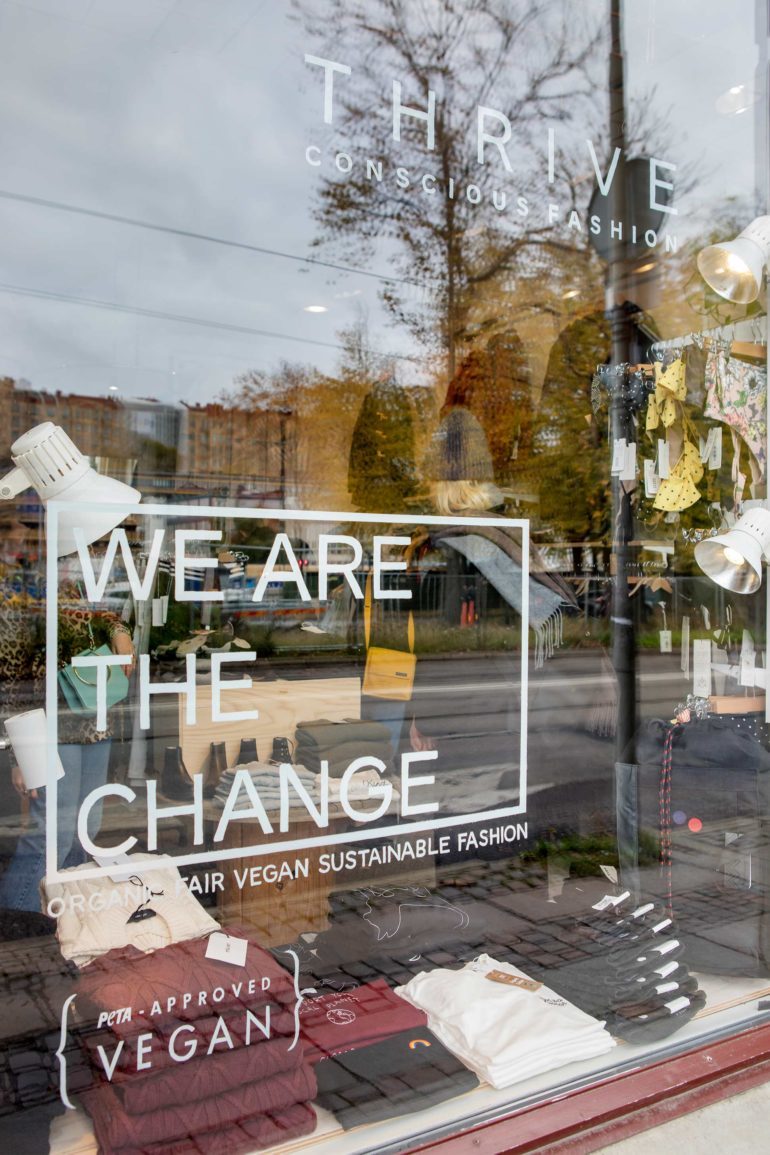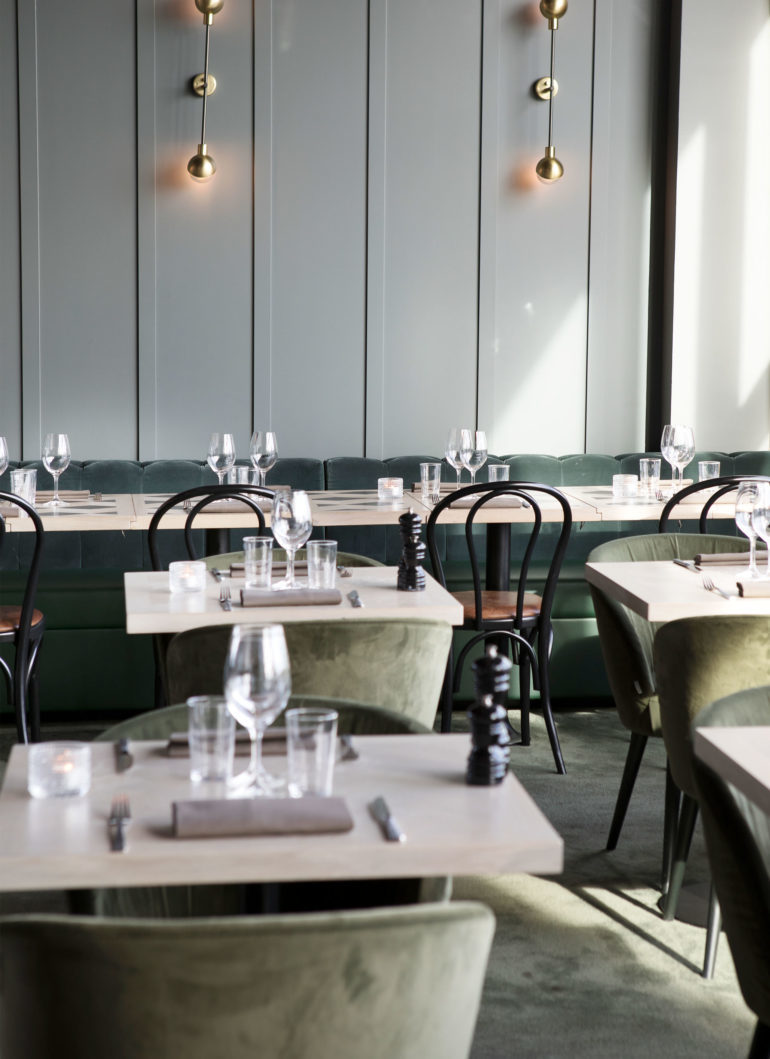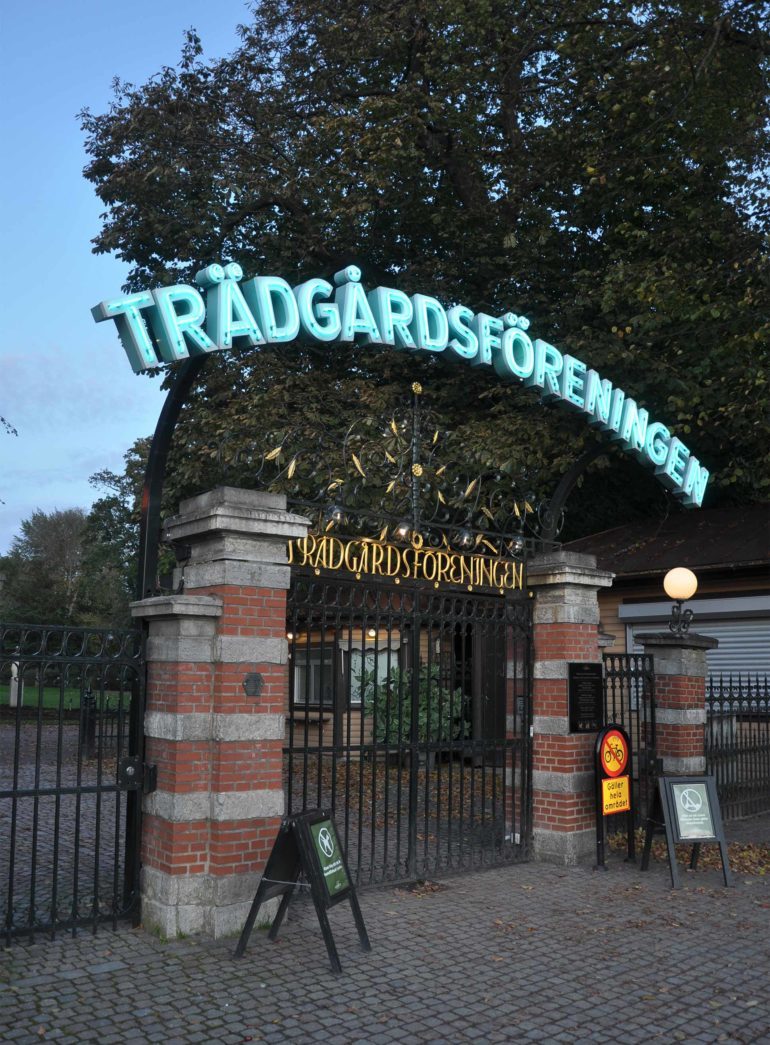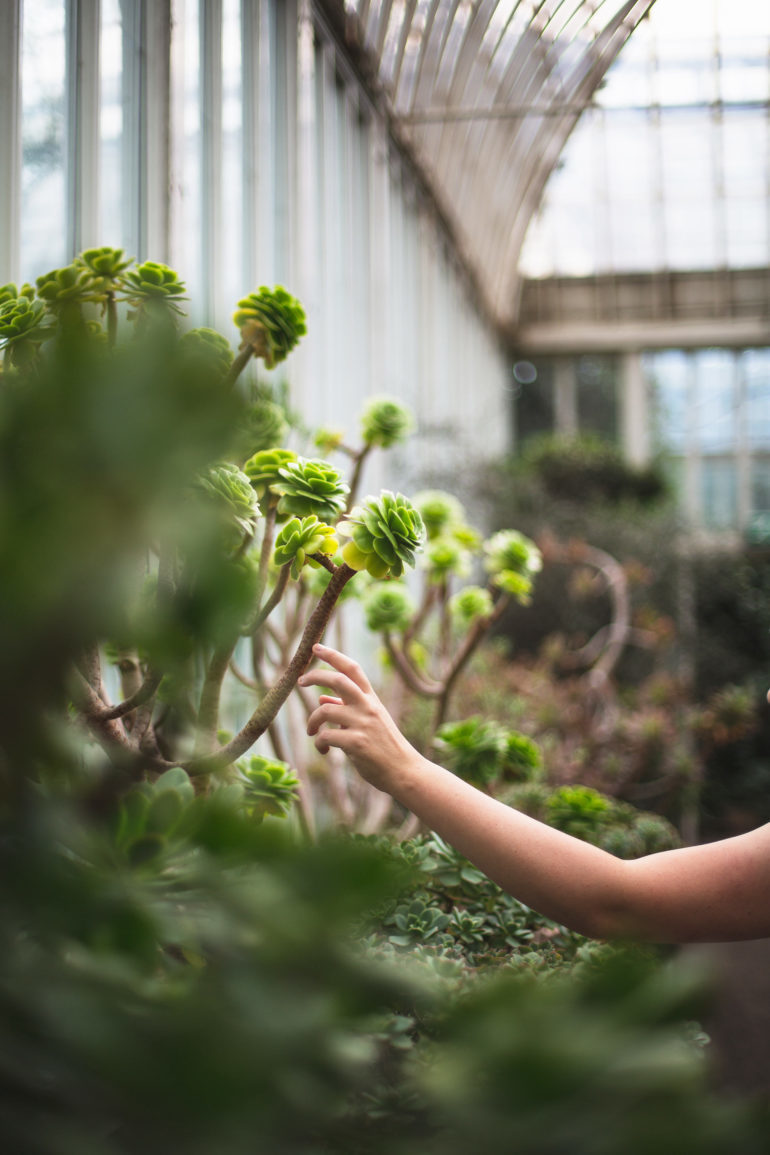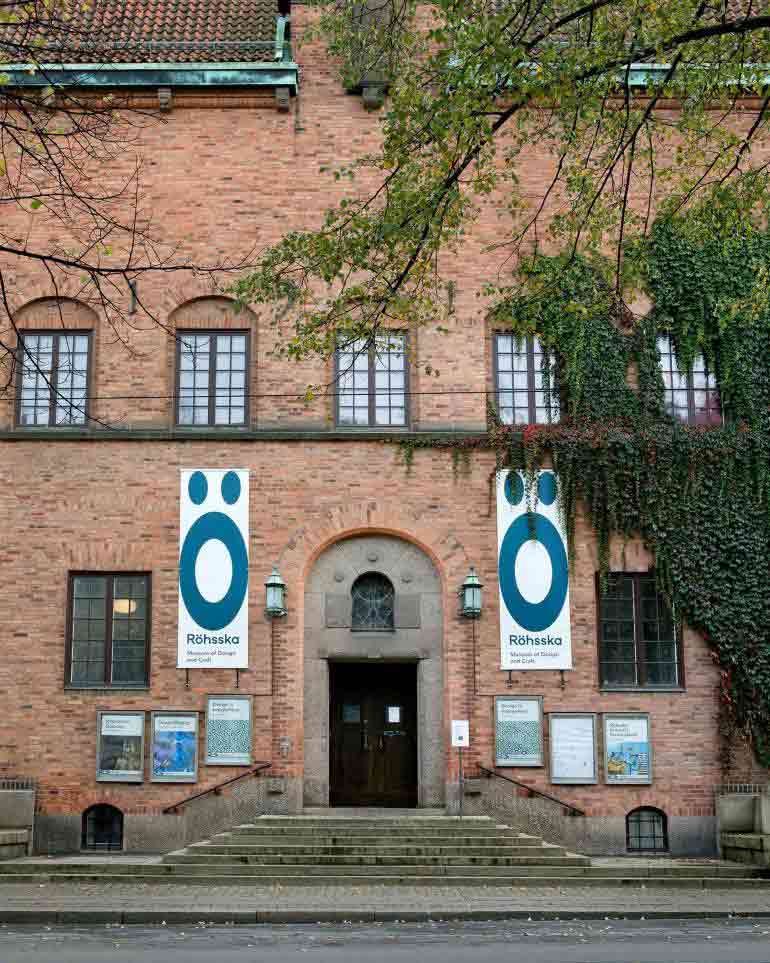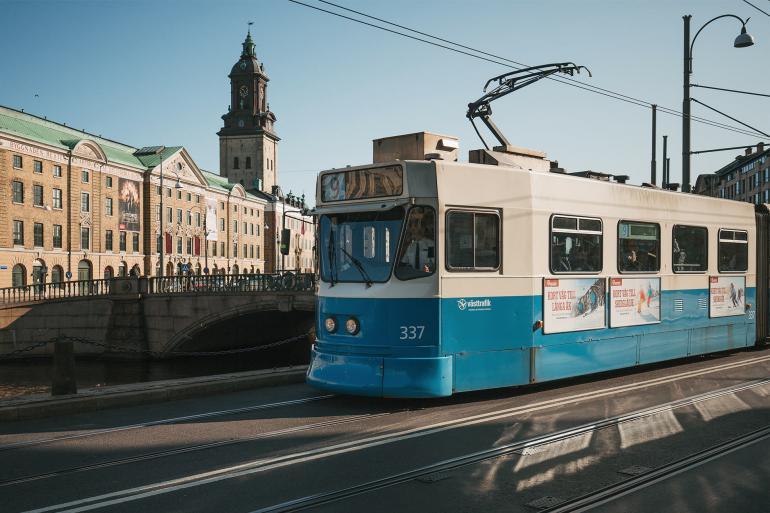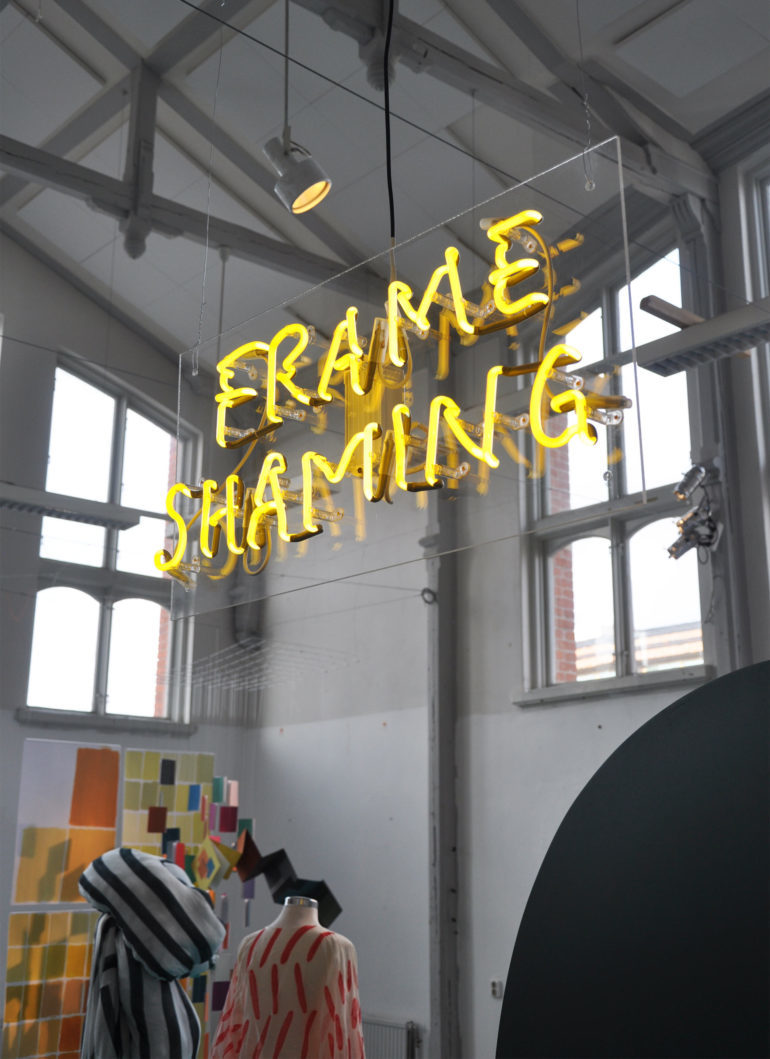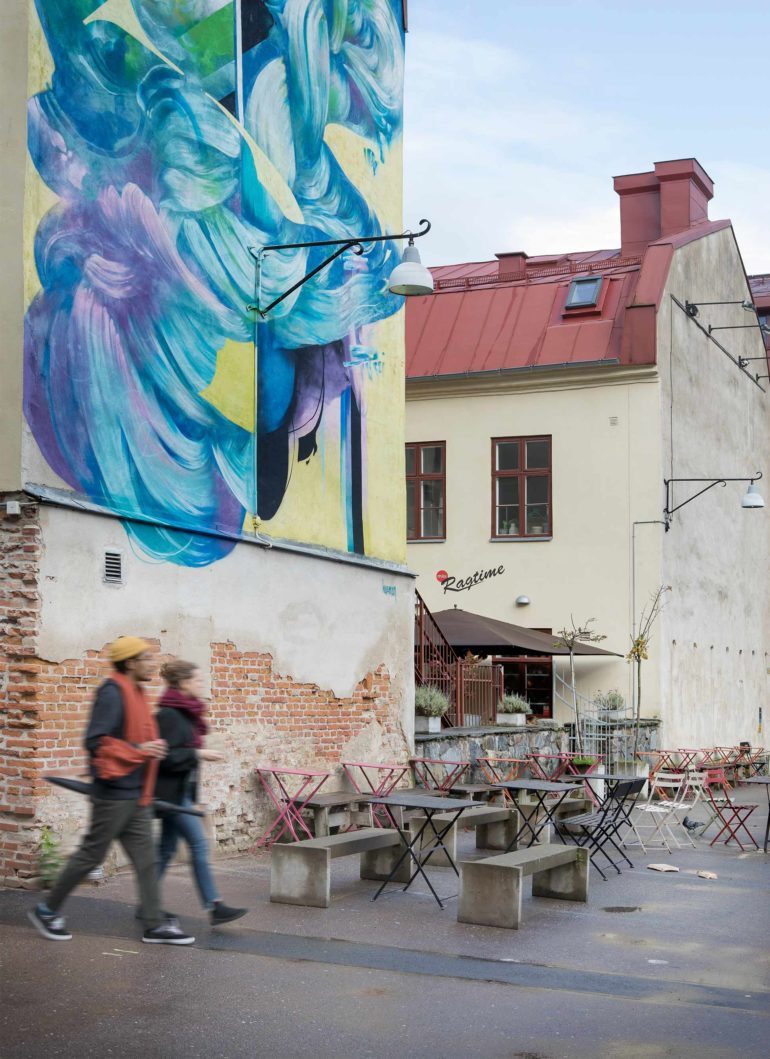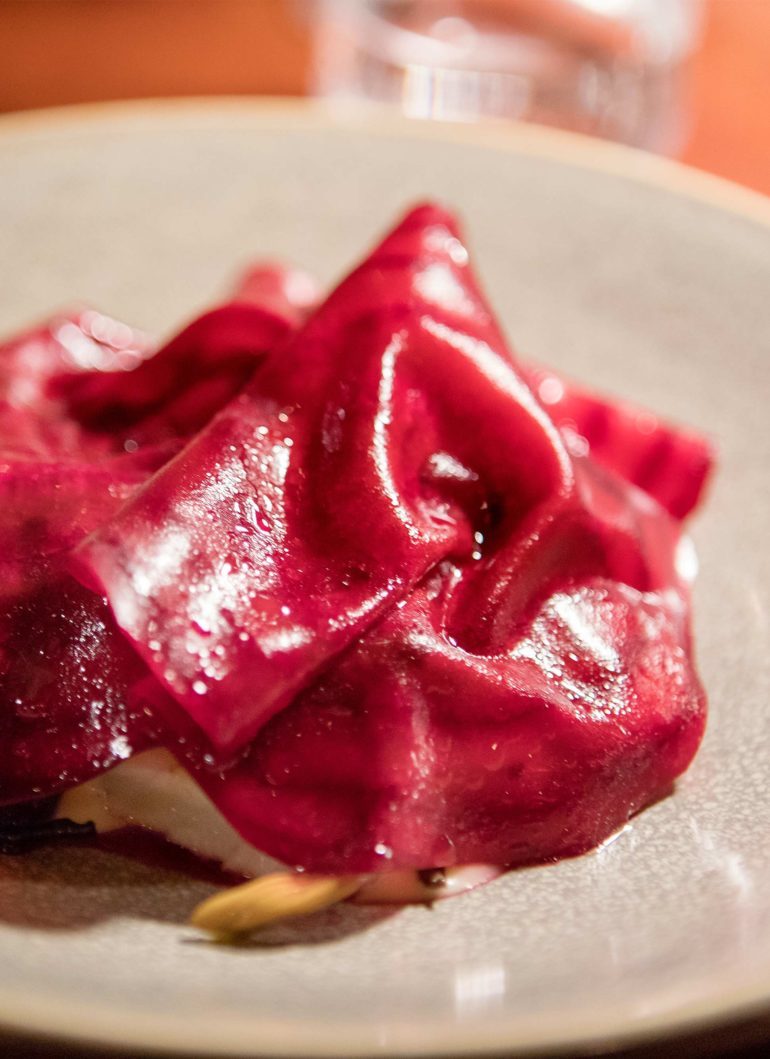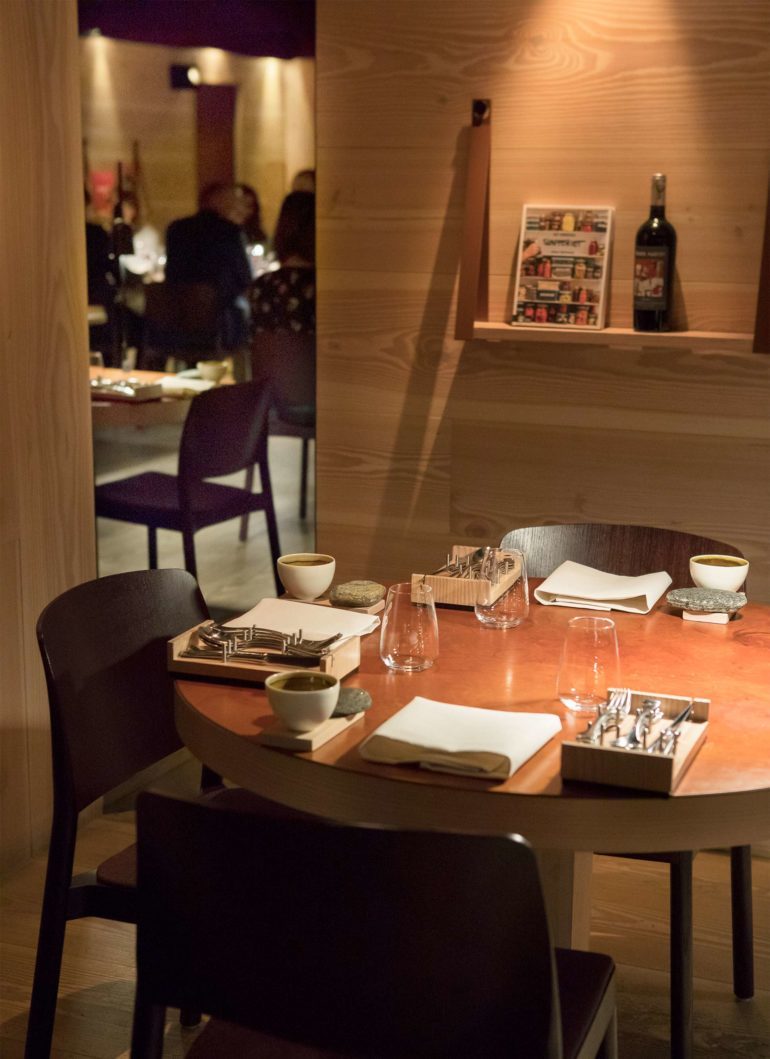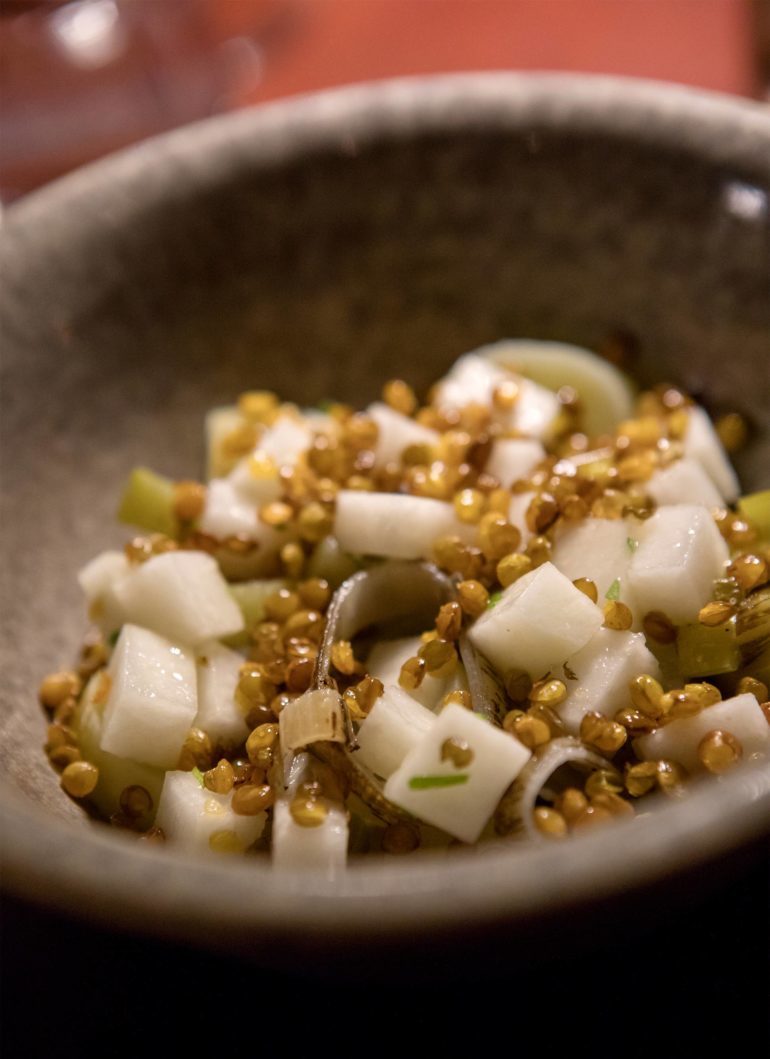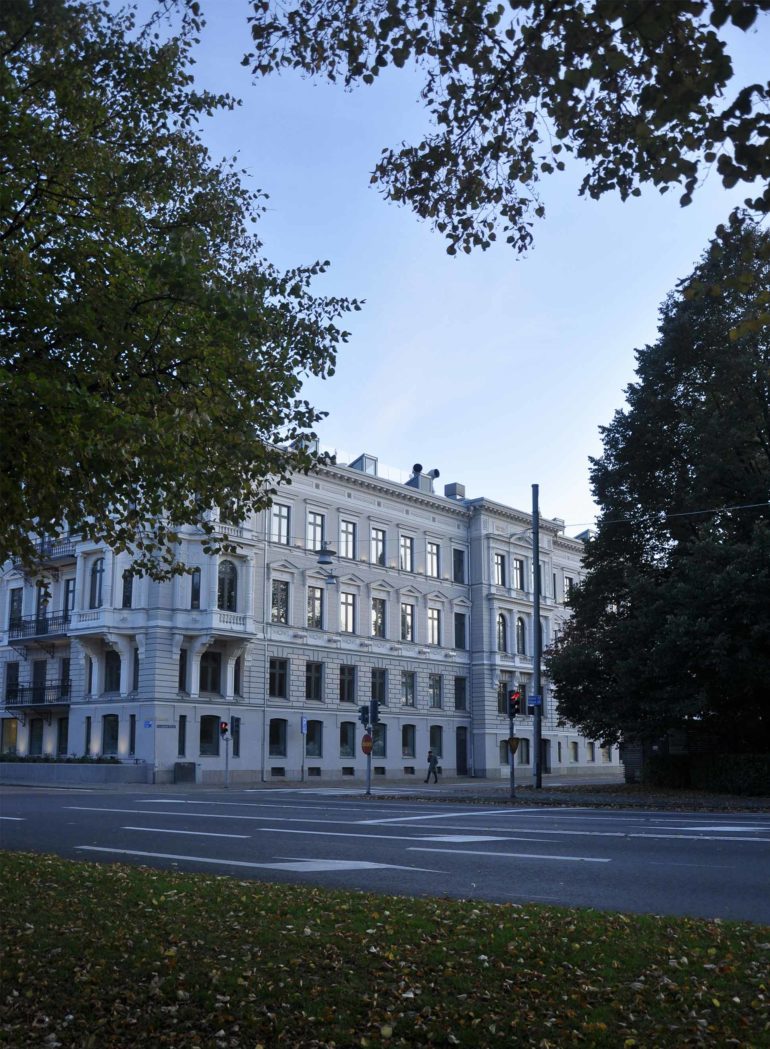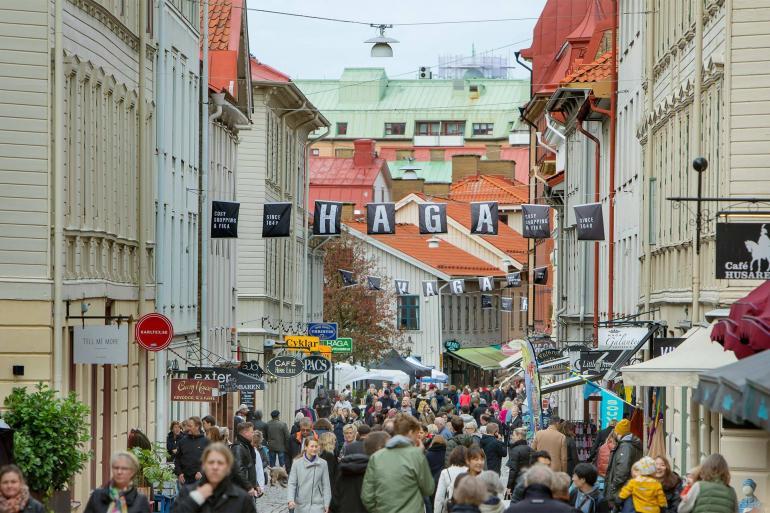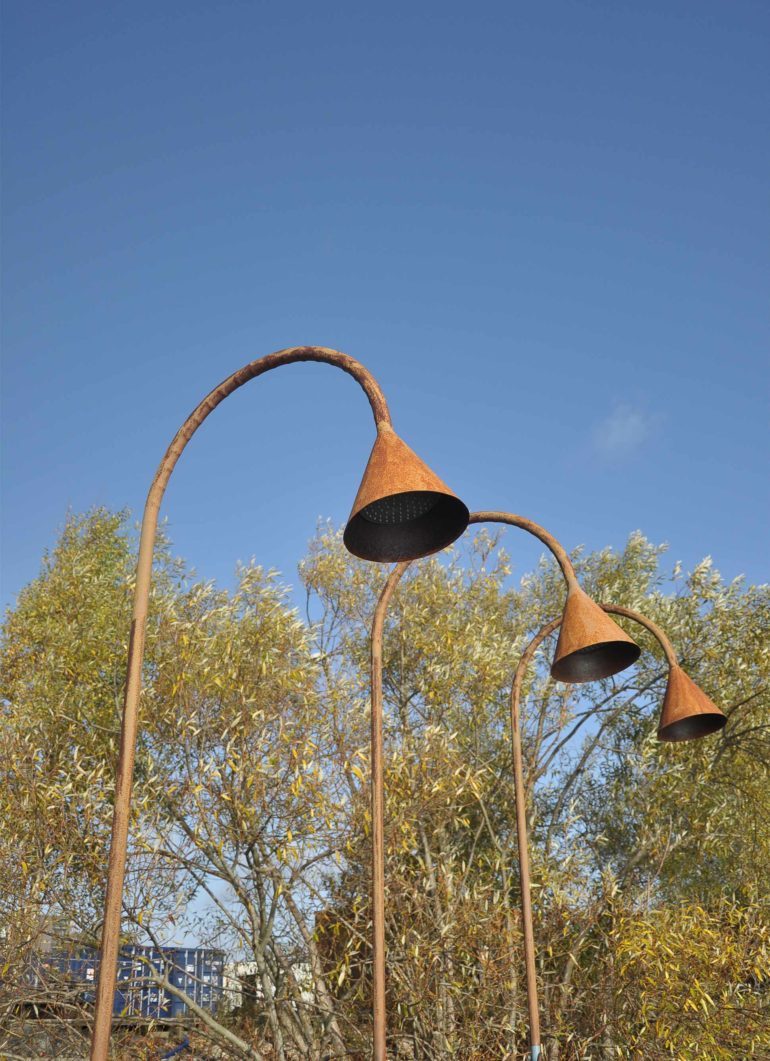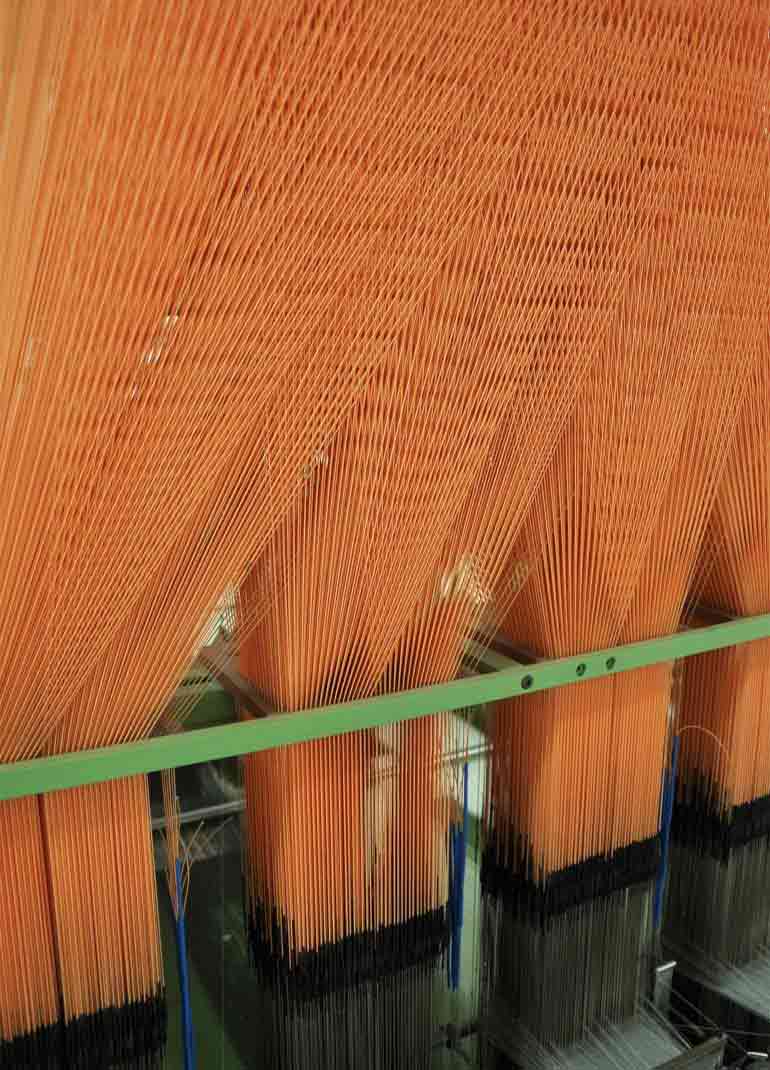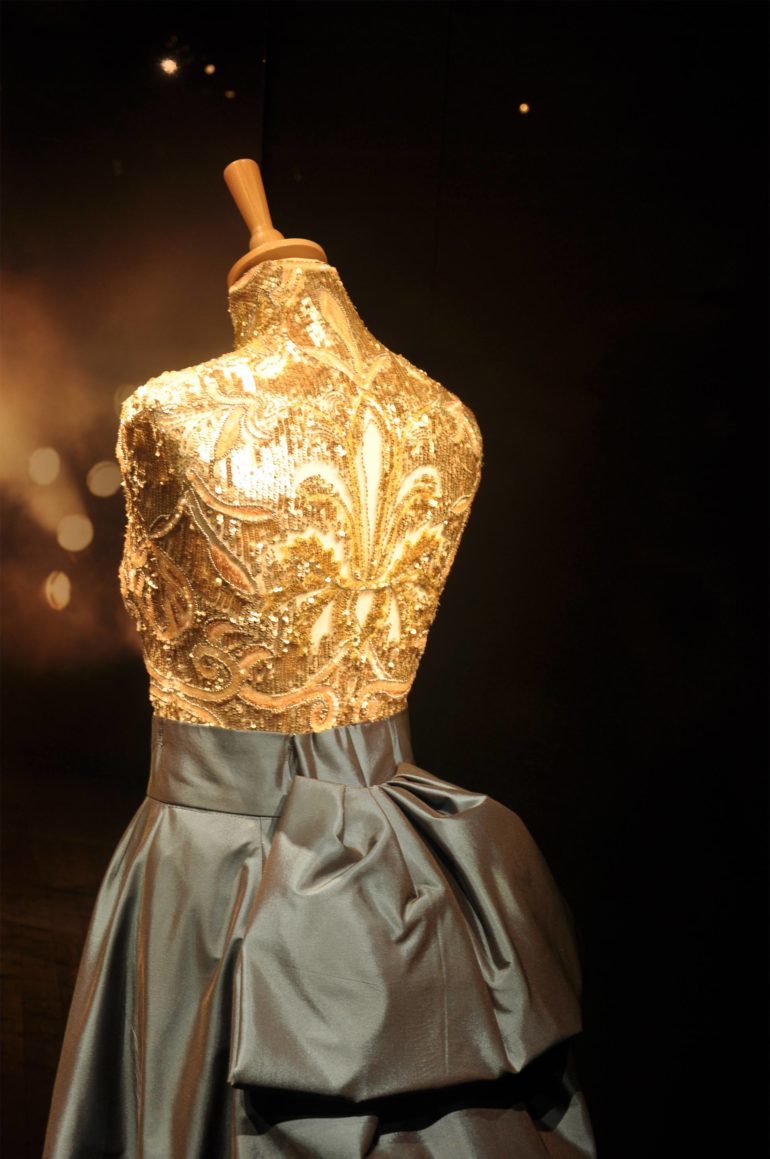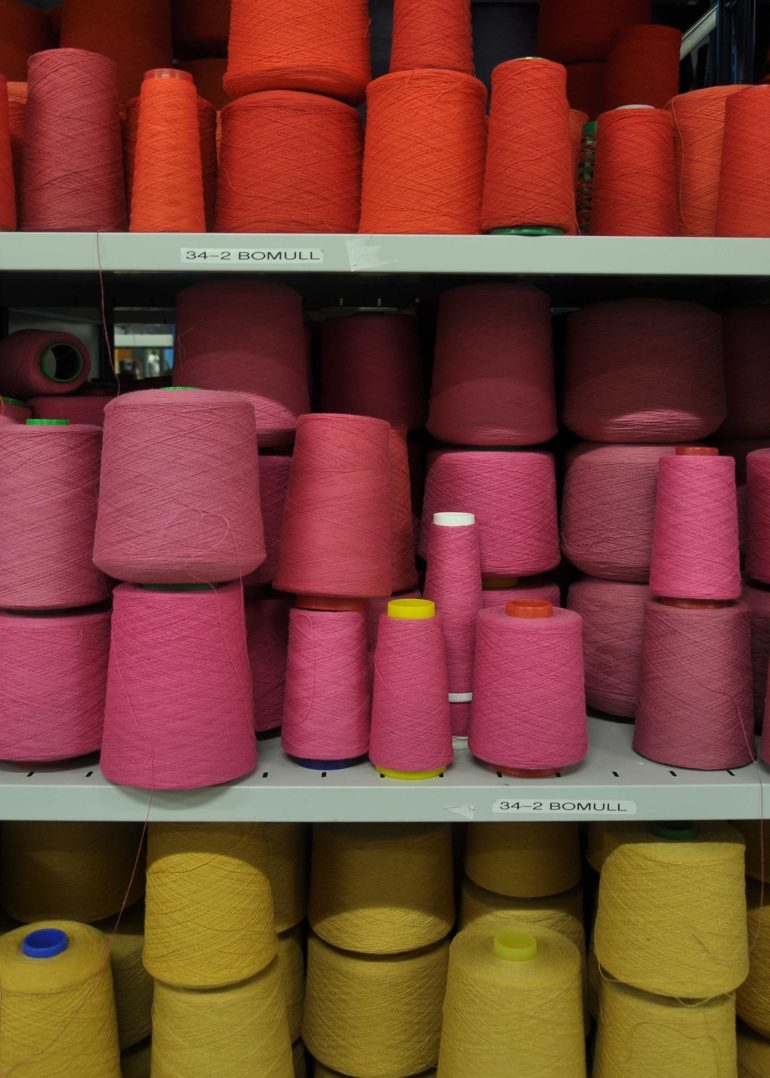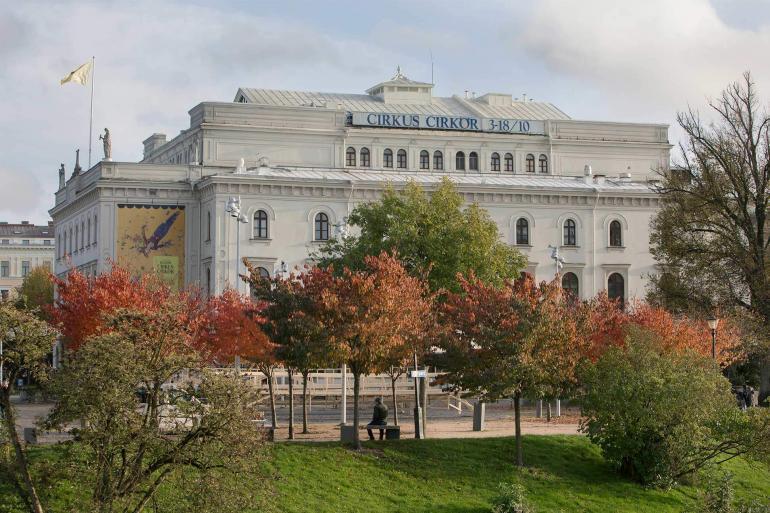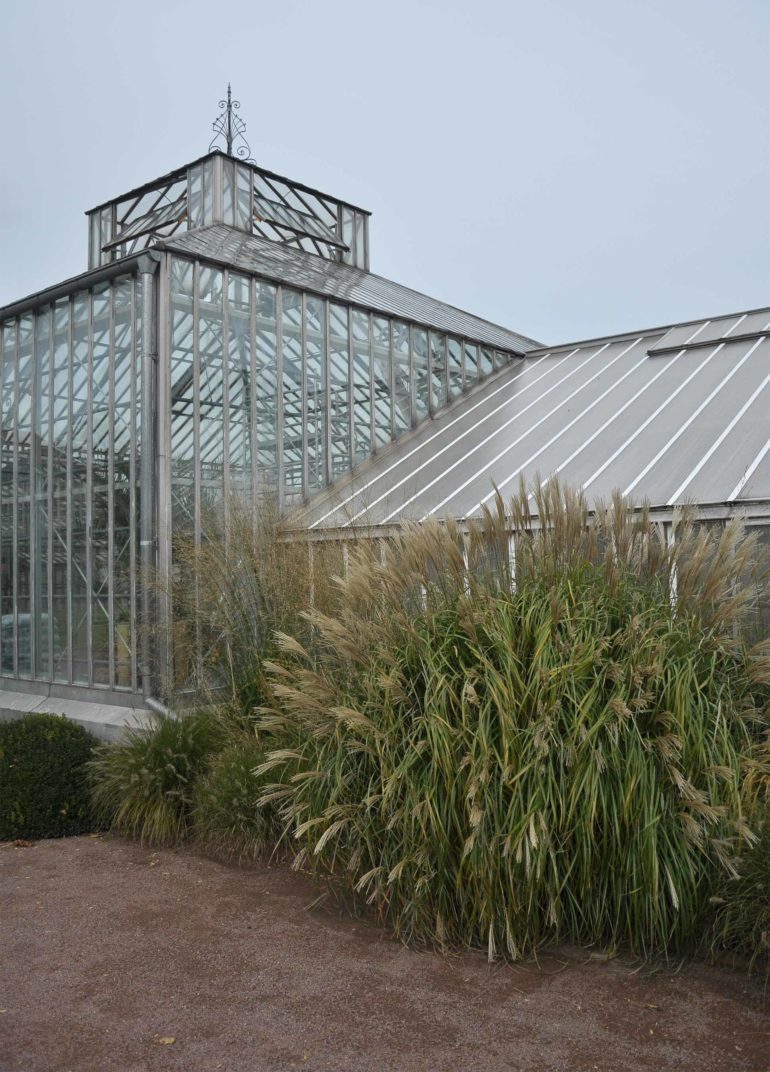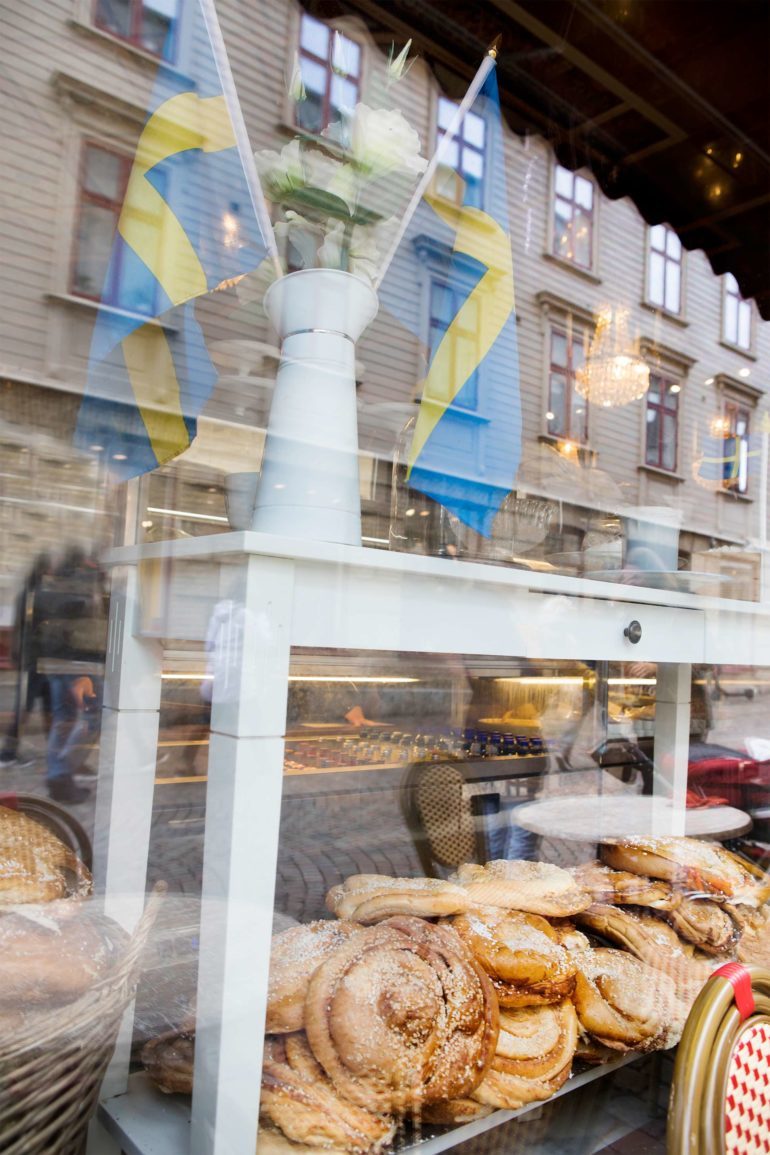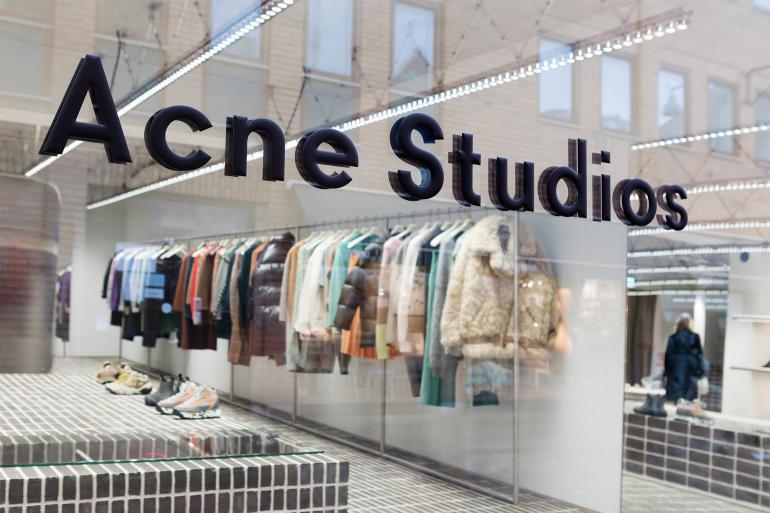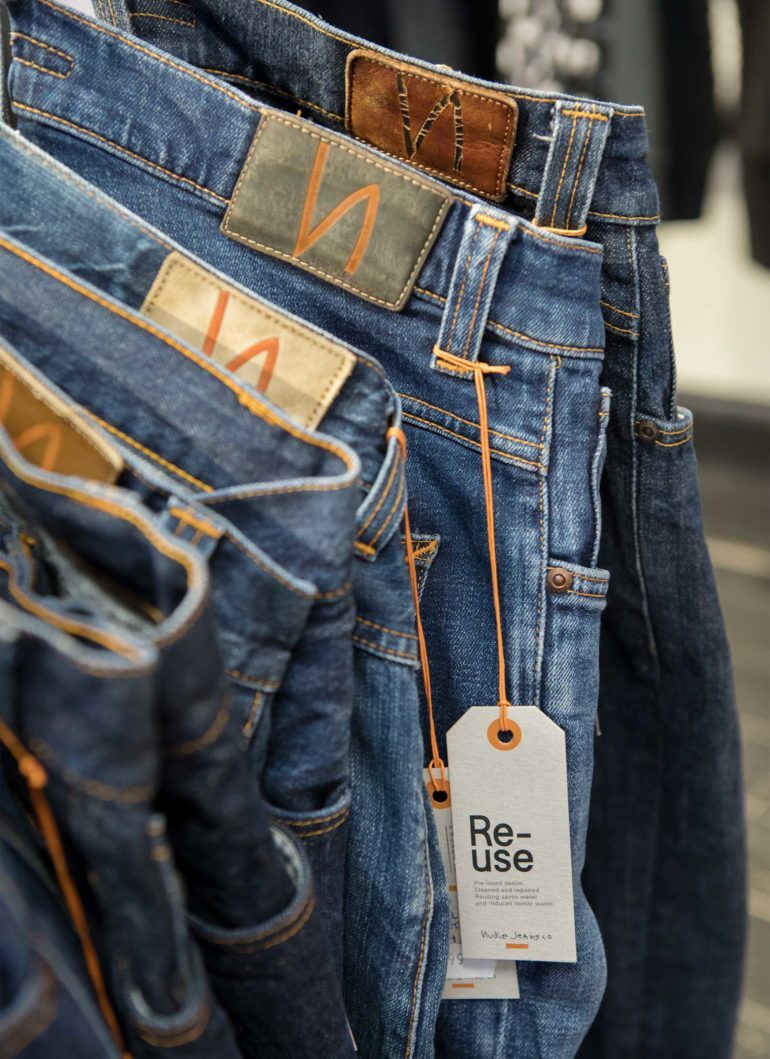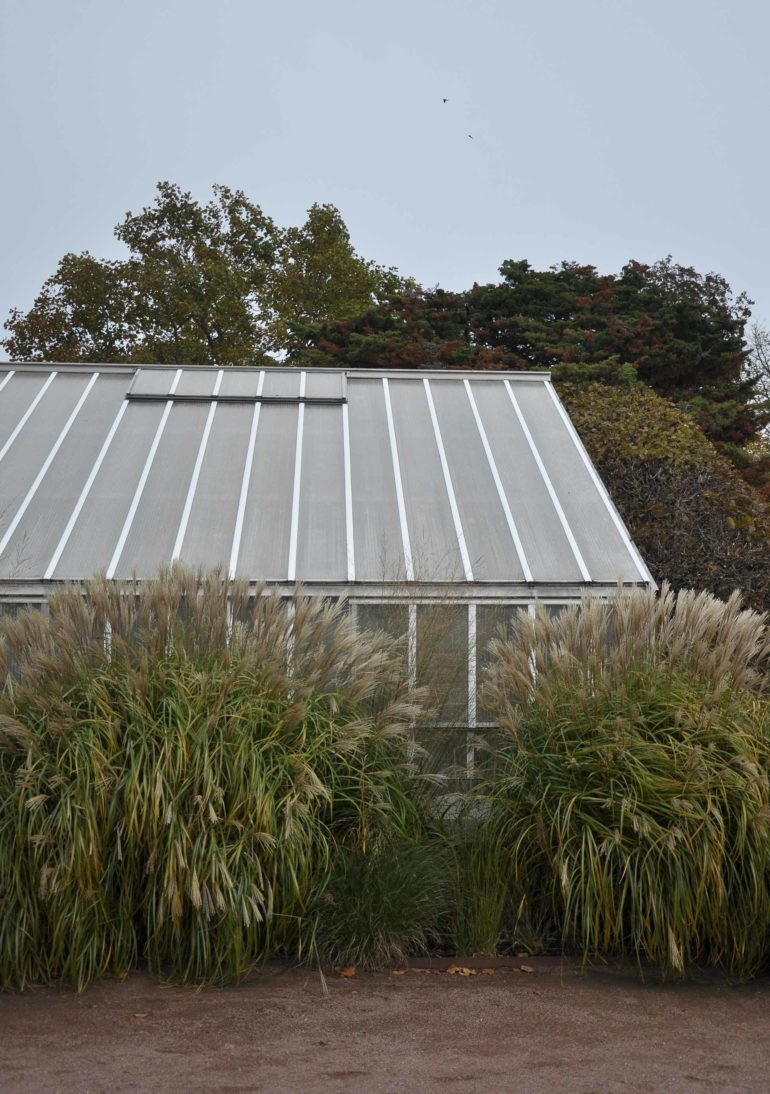With their egalitarian approach to progress and insistence on doing the right thing, the inhabitants of one city in West Sweden have made it the most sustainable destination on earth, heralding a future so bright, it has Steffen Michels reaching for his shades.
As a single drop of water trickles down a velvety leaf in front of me, a sweet mélange of heat and humidity sinks slowly into my cold-stricken bones. Suspended in mid-air in this near-tropical environment is a fragrance reminiscent of freshly cut grass and frangipani flowers and, for a second, I let myself be fooled into thinking I’m halfway across the planet in a land of lotus and vetiver. Then, the chatter of a local family pulls me sharply back into reality.
I’m in the greenhouse of Gothenburg’s Trädgårdsföreningen park, where each plant helps sustain the next. It’s a fitting metaphor for the city outside: every year since 2016, it’s been ranked the world’s most sustainable destination. Having lived for ever under the shadow of its big sister Stockholm, Gothenburg has become the undisputed number one when it comes to eco-conscious living and travel with a feel-good factor.
For all its accolades, though, the city remains a conundrum. I have difficulties, for instance, believing anyone would come here solely on the grounds of its being eco-friendly and, as I tuck into hazelnut-topped cauliflower and steamed Savoy cabbage at Heaven 23, I examine the statistics of the city’s aim to double guest nights at its hotels to nine million a year by 2030 and – naturally – to do so in a sustainable way. What initially sounds like an oxymoron is starting to seem realistic.
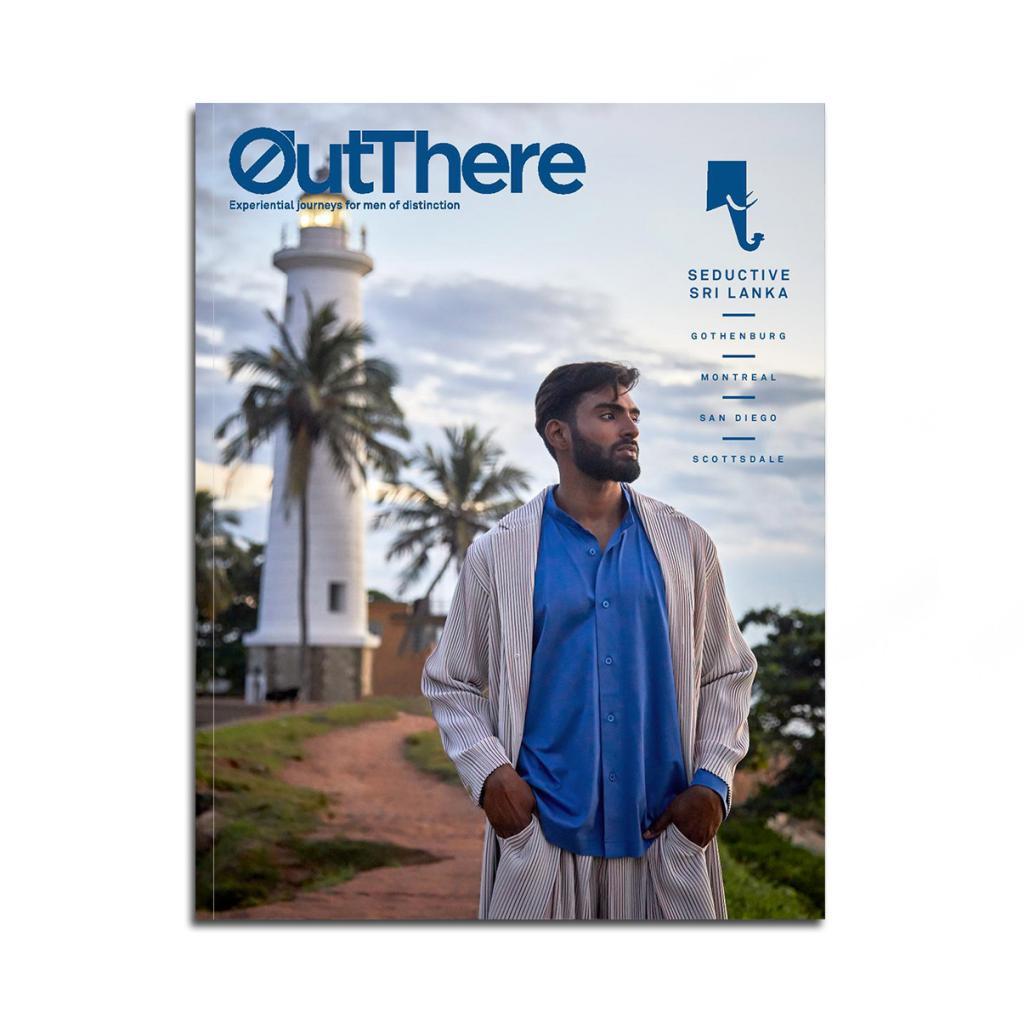
This story first appeared in The Seductive Sri Lanka Issue, available in print and digital.
Subscribe today or purchase a back copy via our online shop.
Having flown into this emissions-free city (another oxymoron, albeit one I’ve helped facilitating), I’m on a mission to dig deeper and discover the culture that lies beneath the surface, to put to the test the theory that the local efforts towards a greener future are different from those in other destinations because the area’s design roots lend themselves perfectly to the cause. To do it, I make my way to the Röhsska Museum at typical ‘Gburg’ speed – that is, before my champagne-laced lunch becomes unsustainable – where an expansive collection of over 50,000 artefacts dating back to the late Neolithic is housed in an unfussy Nordic-style building set on a great, European boulevard. At the museum’s Ocean Plastics exhibition, the focus, unsurprisingly, is once more on sustainability.
In a corner, an attendant keeps a nervous eye on the clock, perhaps in anticipation of plastic bags finally decomposing in the sea; though that’ll be another couple of hundred years, or simply because a group of children shows no sign of moving away from one of the main displays, much to the annoyance of another visitor. I’m not that bothered – I’m listening to curator Johan Deurell’s discourse on how intelligent design helps protect our oceans. He’s talking with honourable conviction and at some length. Momentarily, I become distracted by what seems the exhibition’s most compelling display – his hair – which looks far too good to be sustainable in any way. In the spirit of investigative journalism, I lean in at the end of his talk and ask how he gets the look. Kevin Murphy products, apparently.
Johan’s in a rush right now, but that doesn’t matter, as I need to warm up, so before I can wrap my head around just how the exhibition’s algae-based bio-plastics came into their fabulous, naturally degradable existence, I head off to the sauna at Frihamnen.
All for one and one for all
A futuristic-looking structure, the sauna is made largely from recycled materials. The facilities are free to use and, in addition to the usual men-only and women-only slots, there are specific times for the local trans community as well – which is not to say that a trans person can’t join their cis-friends during gender-specific hours. With everyone being catered for and no one being left out, the sauna’s design isn’t just sustainable, it’s also democratic.
It underlines something rather crucial about life in the port city: Gothenburg’s eagerness and impetus to move forward are driven by optimism and a sense of doing the right thing. Green initiatives are one right thing, but the city’s striving for an overall better future for everyone and, fittingly, everyone appears certain of their capacity to realise their full potential and contribute. Call it the Greta Thunberg-effect, if you must, but change does come down to the individual and their commitment to board the train (electric, of course) to Progressville.
As if in a bid to prove my theory, the locals I meet in Gothenburg without fail strive towards making an impact – from the staff of conscious fashion store Thrive to a street art tour guide who’s just published his conversation starter of a debut novel (a ‘gay version of Fifty Shades of Grey’, mind you). It all reminds me of the American Dream, the idea behind which is really a very Western one, and so it’s perhaps not altogether surprising to find a form of it alive and kicking in this, the westernmost part of the Swedish mainland. Though an exact replica of its cousin across the pond, this dream is not.
“Would it be crazy to think that a people with a widened comfort zone could also have a wider empathetic horizon in general, and furthermore, to reason that this explains the mentality of not wanting to leave anyone behind?”
Trying to get to the origins of what one might call the ‘Svensk dröm’, I find myself fittingly recumbent on a giant placenta, courtesy of artist Maja Michaelsdotter Eriksson. Gothenburg-educated Eriksson, who was so in awe of her own afterbirth that she kept it in her fridge for weeks and took regular photographs of it (because why decay fast if everything around you is consciously slow?), has clearly benefitted from the freedoms of living in a place that abounds with opportunity. Her work, along with that of other artists displayed within the framework of the Young Swedish Design exhibition is unexpected, unapologetic and unafraid to play with conventions. It attests to an unmistakably Scandinavian embrace of the queer and unusual, and this is perhaps where the Swedish dream finds its distinction.
I’ve always been under the impression that northern Europeans are more comfortable with the ‘alternative’ and sometimes ‘twisted’. I know about Nordic noir and the Scandinavian love affair with death metal, so would it be crazy to think that a people with a widened comfort zone could also have a wider empathetic horizon in general, and furthermore, to reason that this explains the mentality of not wanting to leave anyone behind?
Dining at Koka, one of Gothenburg’s six Michelin-starred restaurants, I certainly don’t feel left behind: the eatery’s seasonal five-course menu is kindly veganised at my request. The meal’s in stark contrast to others I’ve had in the city, which left me thinking that, for veggie locavores, celeriac and cabbage rule supreme in the Scandinavian autumn.
As I pour myself a second glass of wine, it dawns on me that progress means nothing in Sweden unless everyone benefits from it, regardless of who they are and how they might differ from your average Joe. Instead of throwing Joe out the window, like those Christmas trees from the St. Knut’s Day-themed IKEA commercials, I’d say they widened their view of who he can be – a concept that strikes me as positively revolutionary in times of cancel culture and blame game politics, all the more so for the way it seems to run through the country’s veins.



